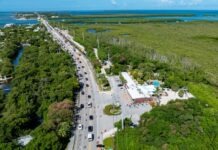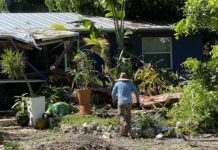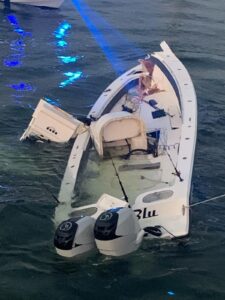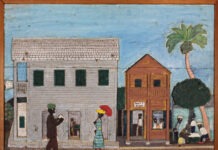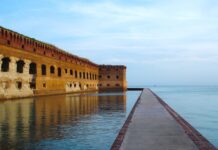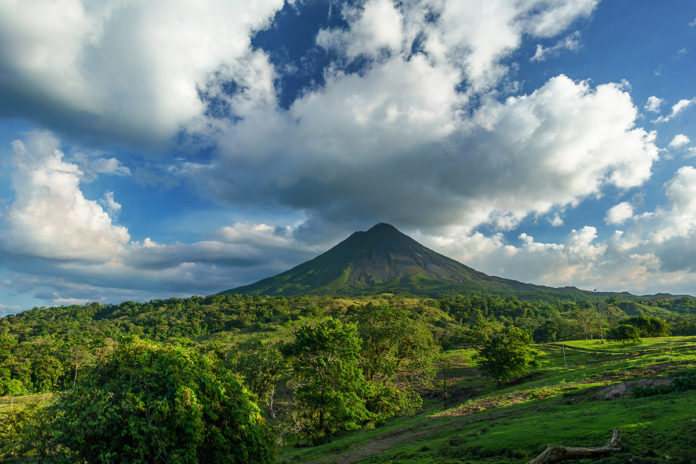
The past year forced a number of unwelcome, and thankfully temporary, changes. Instead of grabbing our favorite table with friends, we opted for takeout. We gave up live theater, music and sports, streaming what we could in order to get our cultural fix. Most facets of life were able to at least cough up a slightly dulled alternative. But there was one element that couldn’t, by its very nature, come up with a reasonable facsimile—travel. There’s simply no other way to scratch the itch of leaving the rock for greener pastures for a few days. We all travel differently. Some crave the sensation of getting lost in an effervescent city, absorbing unknown languages, others prefer to land at a posh spa with a cocktail in hand. The common thread is the desire for something “other,” something “elsewhere.” In a year where most of us became intimately familiar with our living room walls, travel suffered.
If there was any doubt about the power of good, old-fashioned wanderlust, one need look no further than current airfares and hotel occupancy rates. With vaccination rates on the rise and the start of a collective reopening, the desire to bust out of our homes and onto the globe is strong. But as we start to make our daydreams a reality, there are a few considerations in this new normal.
Cost is the most glaring. As expected, a twitchy population suddenly turned loose on the world has caused a surge in the travel industry. Labor shortages and supply chain disruptions make for some textbook supply-and- demand problems. The obvious workarounds are to simply wait longer (unfathomable!) or choose out-of-the-way destinations (I hear Boise is nice this time of year).

For those who just cannot resist the pull of the exotic, and have the funds to get there, the next hurdle involves navigating public safety requirements, which differ from country to country. Some countries still require a full two-week quarantine upon arrival, others just ask for a negative COVID test within the prior 24 hours. France and Spain just announced they would be open to U.S. travelers who can provide proof of full vaccination status. Most European countries are relying on a color-coded system to determine the level of stringency — counting fellow EU nations, Australia, Israel, Singapore and South Korea as green and qualifying COVID hotspots like Brazil, Turkey and India as red. The United States is broadly considered to be orange.
My own travel craving intensified with the approach of my 10th wedding anniversary. It was convenient for justification purposes, inconvenient for my credit line. If my wife’s bucket list and mine were a Venn diagram, the overlapping places are still solidly ‘red.’ Europe felt unnecessarily complicated. A few days in Maine sounded perfect, but the $400/night standard brand hotels and $200/day rental cars would leave almost no cash for lobster rolls. I checked our temperate neighbors to the north, but they still require a 14-day quarantine before you’re able to enjoy your poutine outside the comfort of a hotel room. Discouraged, I took my search off the beaten path and found a few trips to smaller cities, like Austin, with price tags hovering around normal pre-COVID levels. But damn it, 10 years deserves more than Texas! (no offense, Austin, you’re truly lovely.)
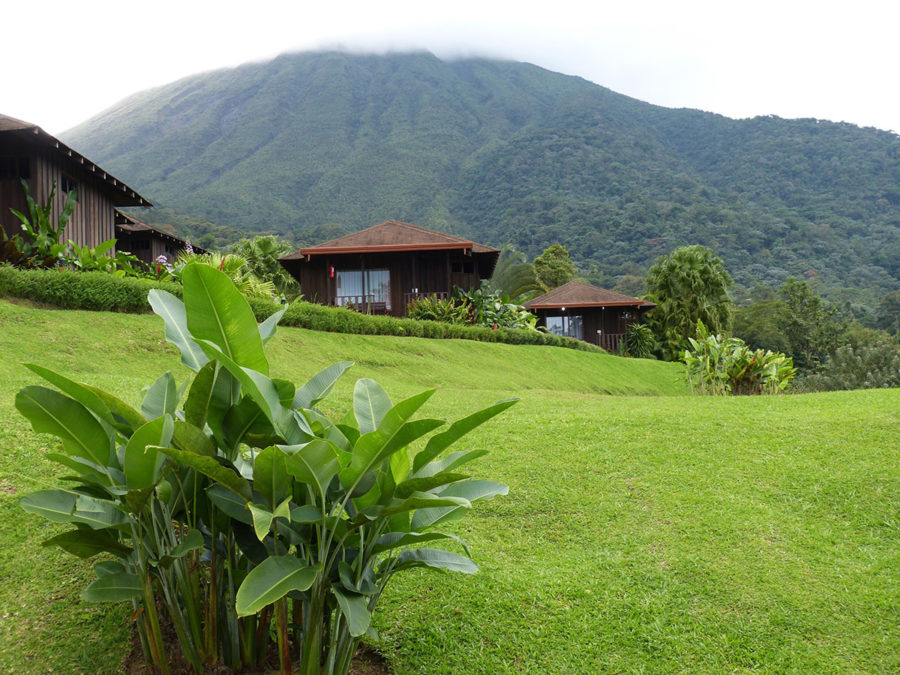
In the end, I couldn’t justify the steep rental car fees of the Northeast, but I could certainly talk myself into spending an unseemly amount of money on a luxury retreat in the Costa Rican rainforest for a few days. I adore Costa Rica but haven’t seen it in years, as I typically feel a greater pull toward places with a bit less tourist presence. For our current state of travel though, Costa Rica felt familiar enough to be comfortable, but ‘elsewhere’ enough to be interesting. Sloths! Coffee! Volcanoes!
Airfare to this Central American green gem was about $250 higher than average and hotel costs were up roughly 30%. Not great, but justifiable. Flights were also fewer and further between, forcing some odd scheduling choices, but again, still within the range of reasonable. Entry requirements have relaxed, but still require mandatory health insurance that can be used to cover up to $50,000 in medical expenses and $2,000 in extended-stay costs while in the country. U.S. travelers can either provide proof of their own insurance (our Florida Blue plan didn’t cut it) or purchase insurance through government-approved agencies for about $20/day. The only other hoop requires taking a quick online health survey 72 hours prior to your arrival. Easy enough.
Perception and reality can surely differ, but expectations based on a little research tell me we can anticipate fully open national parks and mostly unfettered access to bars and restaurants. Many businesses are still operating at 50% capacity and requiring masks — likely with good reason. According to The Centers for Disease Control and Prevention, the country’s profile was, sadly, just elevated due to a “very high” level of COVID infections. That very high level, though, still represents a number of cases that’s less than 1% of the current number of cases in the US. As travelers, we have to consider our impact on other places, and their reciprocal impact on us. As a fully vaccinated wanderer, this feels like a reasonable undertaking wherein we have a level of protection and can also expect to not pass anything dangerous to the local populations.
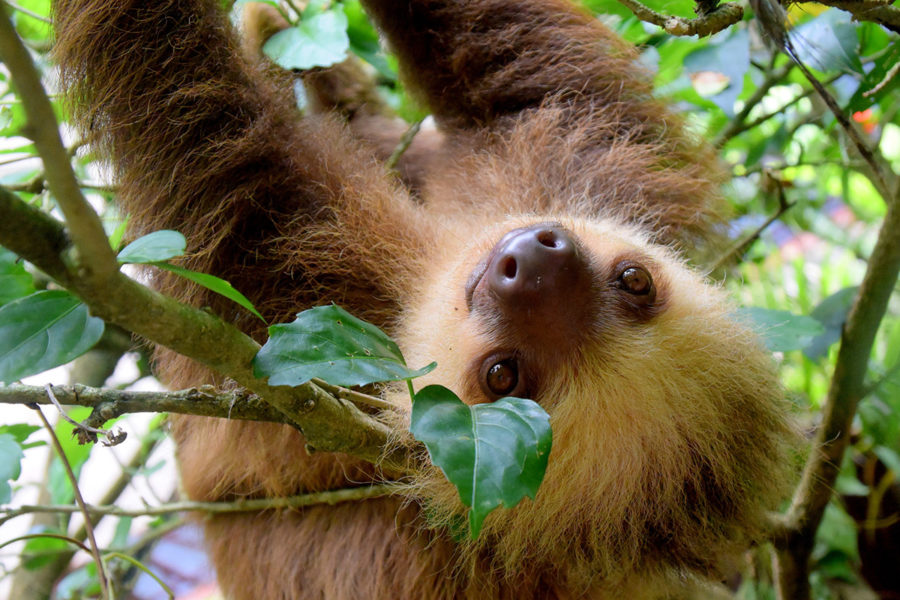
Reciprocity extends beyond physical health. I’m fortunate to be able to travel to a stunning destination, but also want to know that the money I’m spending has a positive impact. As Key Westers know all too well, tourist economies have been especially hard hit by the pandemic and Costa Rica is no exception. At this point, their visitation numbers are down 76% from 2020, a year that was already several notches below normal pre-COVID levels.
Of course, Costa Rica serves only as an example of what the world may look like beyond the bounds of the US right now. Much of it we’re learning as we go. The best advice for summer wanderers is to simply pay attention to shifting rules, jump through all the hoops, and then enjoy a well-earned vacation.
I’ll touch base and update this story when we return, to let you know how the reality jived (or not) with our expectations. After all, the best laid plans….








